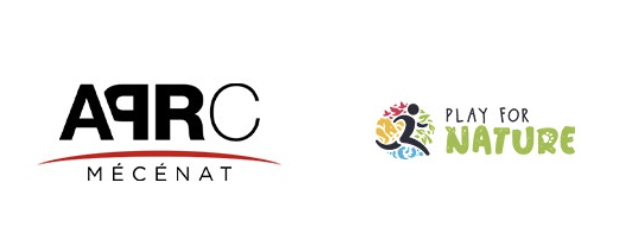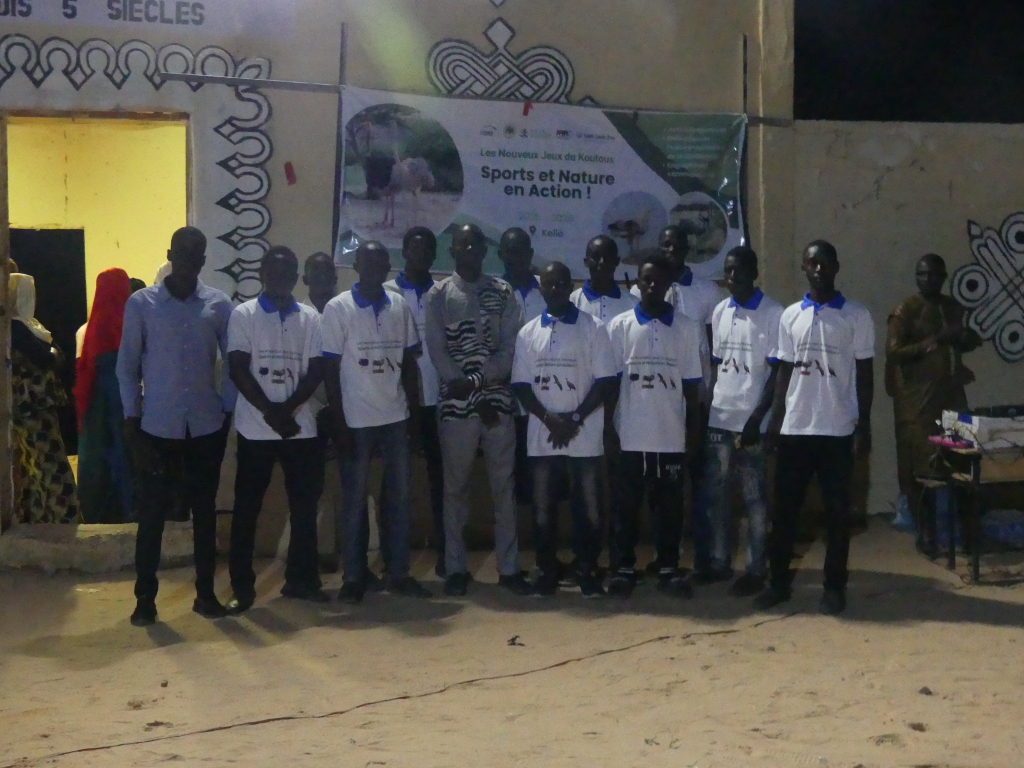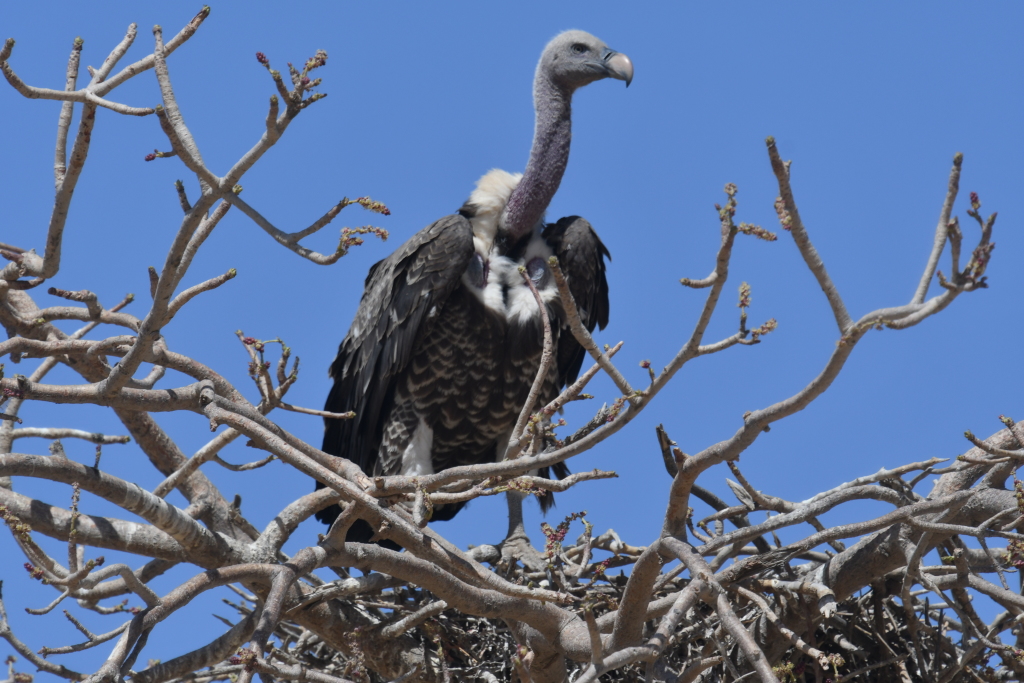The new Koutous games: sports and nature in action!
A second edition under the banner of sports, youth, and nature

After a particularly successful first edition in 2024/2025, the Koutous Sports and Nature Games are back! In partnership with Play for Nature and APRC Mécénat, this innovative initiative uses sports to foster community spirit and raise awareness among younger generations about the importance of protecting the environment.

On the night of August 2nd to 3rd 2025, during the National Tree Day and Niger’s Independence Day celebrations, a festive and symbolic evening brought together over 700 people from the village of Kellé and surrounding areas to mark the start of the upcoming activities.


Seven sporting events will punctuate the year: football, orienteering, traditional wrestling, waste collection, and other events designed to raise young people’s awareness of environmental issues while promoting sports. Each competition allows Sahara Conservation’s team to present its ongoing projects to protect the environment to participants and the public.
The Koutous massif, located 140 km from Zinder, is a unique area in Niger, unfortunately lacking any official protection status despite its ecological richness. Its cliffs are home to Rüppell’s vultures and Egyptian vultures, two threatened species, while Kellé hosts the largest ostrich breeding center in North Africa in West Africa, managed by Sahara Conservation since 2011.


The organization works alongside local communities to preserve these species and their habitats. Management of the breeding center, scientific monitoring of vultures, documentation of threats, awareness campaigns: these actions have led to the creation of a unique database on Niger’s vultures, reduced vulture trafficking in certain regions, and successfully transferred several young ostriches to protected reserves.
By developing innovative initiatives like the Koutous Games, Sahara Conservation continues to pursue the same ambition: to protect biodiversity while mobilizing communities and enabling younger generations to become active participants in the conservation of their region.


